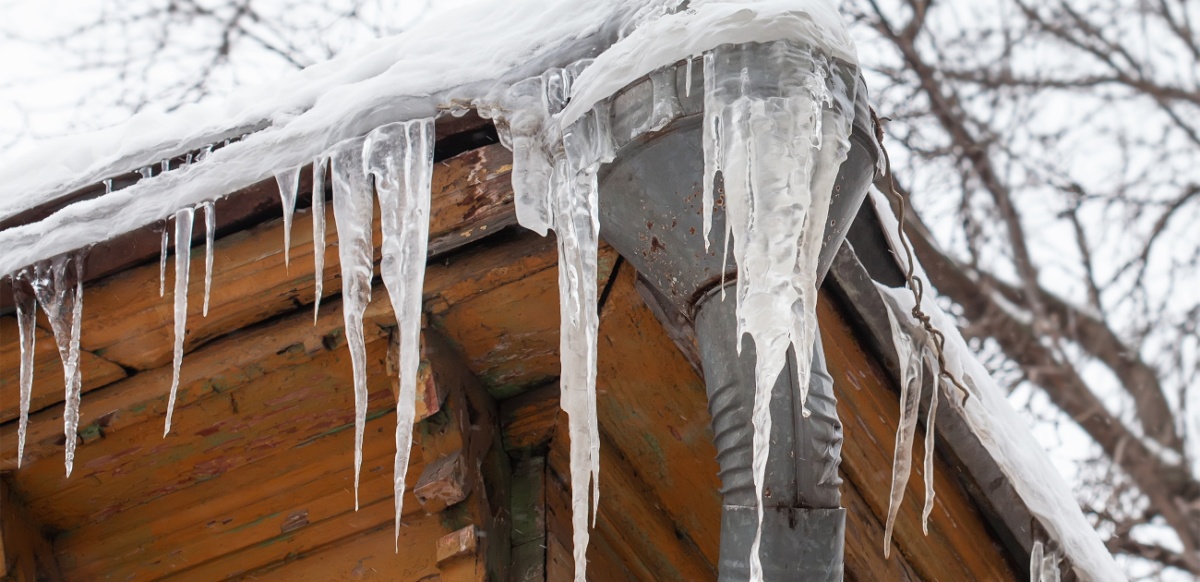Preventing Frozen Plumbing: Top Methods for Cold Weather
Preventing Frozen Plumbing: Top Methods for Cold Weather
Blog Article
This article underneath relating to How To Avoid Freezing Pipes is exceptionally enjoyable. Don't miss it.

Cold weather can wreak havoc on your pipes, particularly by freezing pipelines. Below's exactly how to avoid it from happening and what to do if it does.
Intro
As temperature levels decrease, the risk of icy pipelines increases, possibly causing expensive repairs and water damages. Comprehending how to stop frozen pipelines is important for homeowners in cool climates.
Recognizing Frozen Pipelines
What creates pipes to ice up?
Pipes ice up when exposed to temperatures listed below 32 ° F (0 ° C) for extended periods. As water inside the pipelines ices up, it expands, putting pressure on the pipeline wall surfaces and possibly causing them to burst.
Risks and damages
Frozen pipelines can lead to water system disruptions, residential property damages, and expensive repair work. Burst pipes can flood homes and cause extensive architectural damage.
Indications of Frozen Pipes
Recognizing icy pipes early can avoid them from bursting.
Exactly how to determine icy pipes
Try to find reduced water circulation from taps, unusual smells or noises from pipelines, and noticeable frost on revealed pipes.
Prevention Tips
Protecting susceptible pipes
Wrap pipelines in insulation sleeves or utilize warmth tape to secure them from freezing temperature levels. Focus on pipelines in unheated or external areas of the home.
Home heating techniques
Maintain indoor areas effectively heated, especially areas with plumbing. Open cupboard doors to enable warm air to distribute around pipes under sinks.
Shielding Outdoor Pipes
Garden hose pipes and outside taps
Detach and drain yard tubes prior to winter. Mount frost-proof spigots or cover exterior taps with shielded caps.
What to Do If Your Pipes Freeze
Immediate activities to take
If you suspect icy pipelines, keep taps available to eliminate pressure as the ice melts. Utilize a hairdryer or towels soaked in hot water to thaw pipes gradually.
Long-Term Solutions
Architectural modifications
Take into consideration rerouting pipelines far from outside walls or unheated locations. Include extra insulation to attics, basements, and crawl spaces.
Updating insulation
Invest in high-quality insulation for pipelines, attics, and wall surfaces. Proper insulation aids maintain constant temperatures and reduces the danger of icy pipelines.
Verdict
Avoiding icy pipelines needs aggressive measures and quick actions. By understanding the causes, indicators, and preventive measures, house owners can safeguard their pipes throughout cold weather.
5 Ways to Prevent Frozen Pipes
Drain Outdoor Faucets and Disconnect Hoses
First, close the shut-off valve that controls the flow of water in the pipe to your outdoor faucet. Then, head outside to disconnect and drain your hose and open the outdoor faucet to allow the water to completely drain out of the line. Turn off the faucet when done. Finally, head back to the shut-off valve and drain the remaining water inside the pipe into a bucket or container. Additionally, if you have a home irrigation system, you should consider hiring an expert to clear the system of water each year.
Insulate Pipes
One of the best and most cost-effective methods for preventing frozen water pipes is to wrap your pipes with insulation. This is especially important for areas in your home that aren’t exposed to heat, such as an attic. We suggest using foam sleeves, which can typically be found at your local hardware store.
Keep Heat Running at 65
Your pipes are located inside your walls, and the temperature there is much colder than the rest of the house. To prevent your pipes from freezing, The Insurance Information Institute suggests that you keep your home heated to at least 65 degrees, even when traveling. You may want to invest in smart devices that can keep an eye on the temperature in your home while you’re away.
Leave Water Dripping
Moving water — even a small trickle — can prevent ice from forming inside your pipes. When freezing temps are imminent, start a drip of water from all faucets that serve exposed pipes. Leaving a few faucets running will also help relieve pressure inside the pipes and help prevent a rupture if the water inside freezes.
Open Cupboard Doors
Warm your kitchen and bathroom pipes by opening cupboards and vanities. You should also leave your interior doors ajar to help warm air circulate evenly throughout your home.

Hopefully you enjoyed our piece on How to prepare your home plumbing for winter weather. Thank you for taking the time to read through our article post. Enjoyed reading our blog entry? Please share it. Let other people check it out. Thanks for going through it.
Book An Estimate Now Report this page